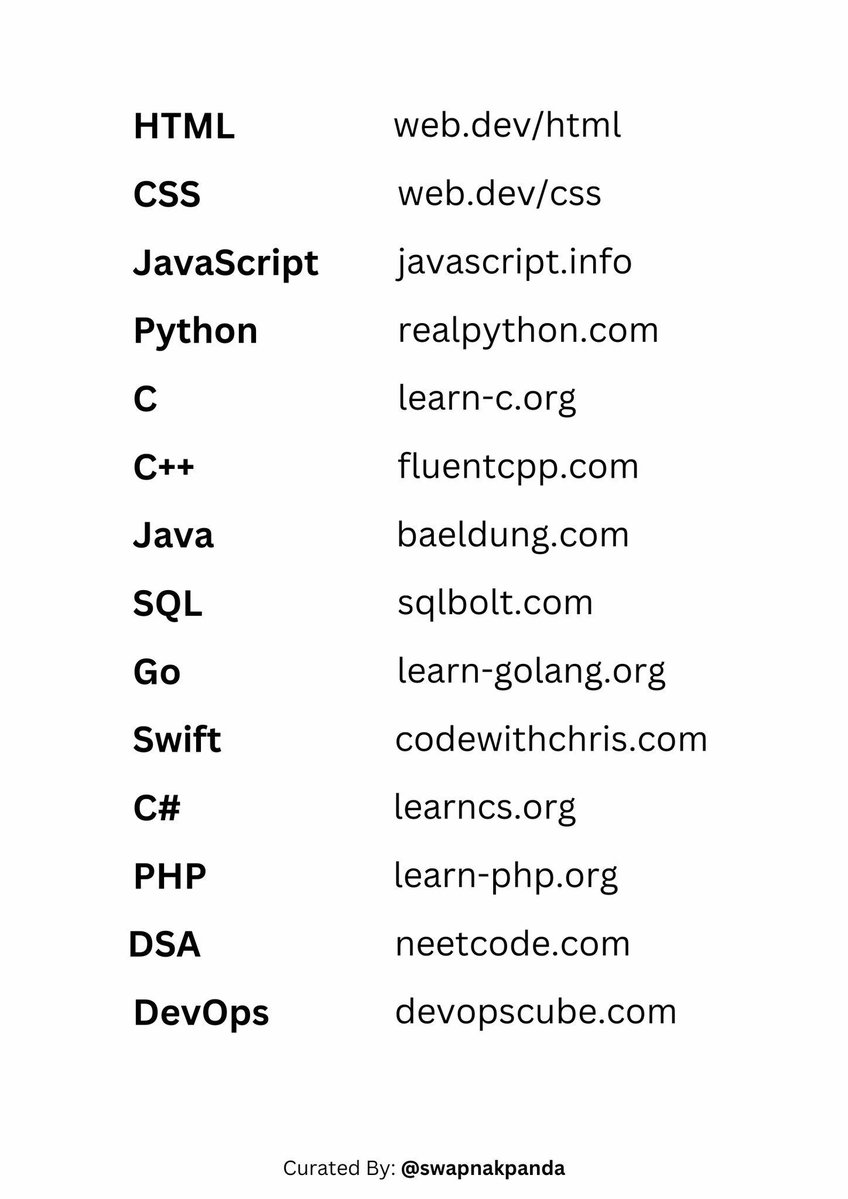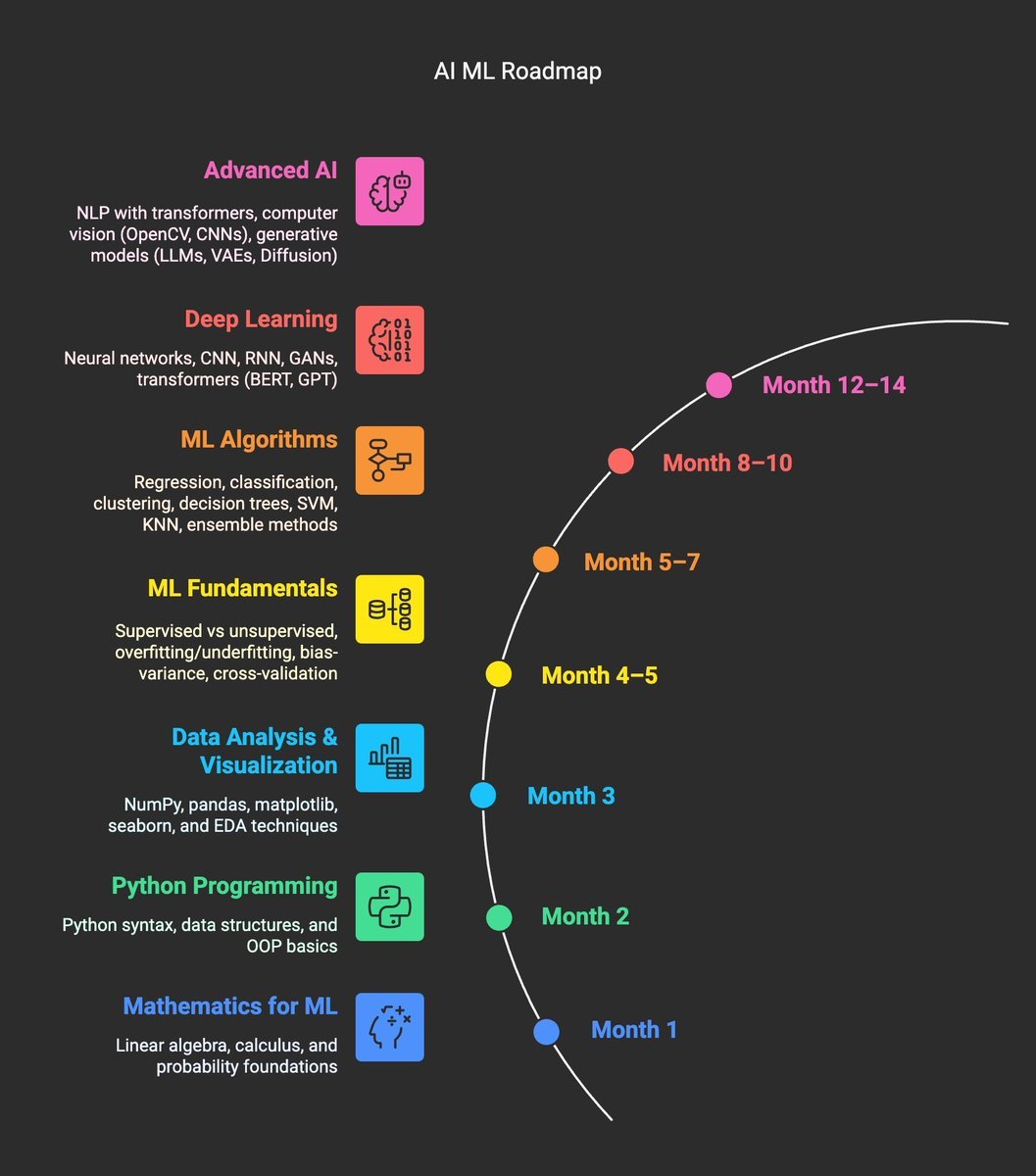💜 Strings in JavaScript
String
↳ Primitive
↳ String Literals
↳ Single Quotes
↳ Double Quotes
↳ Back Tick
↳ String()
↳ Object
↳ new String()
Full Details Inside.
⇩
String
↳ Primitive
↳ String Literals
↳ Single Quotes
↳ Double Quotes
↳ Back Tick
↳ String()
↳ Object
↳ new String()
Full Details Inside.
⇩
Let's explore
1️⃣ Primitive vs Object Type
2️⃣ Auto Convertible
3️⃣ Immutable
4️⃣ Easily Comparable
5️⃣ Array-Like
6️⃣ Spreadable
7️⃣ Possible to Destructure
1️⃣ Primitive vs Object Type
2️⃣ Auto Convertible
3️⃣ Immutable
4️⃣ Easily Comparable
5️⃣ Array-Like
6️⃣ Spreadable
7️⃣ Possible to Destructure
1️⃣ Primitive vs Object Type
✪ In JavaScript, a string value can either be a primitive or, an object.
✪ What is Primitive?
A primitive is a data that is not an object and has no methods.
✪ In JavaScript, a string value can either be a primitive or, an object.
✪ What is Primitive?
A primitive is a data that is not an object and has no methods.
1️⃣.1️⃣ String Primitives
✪ String Primitives are created either by using String Literals or, String function [String()].
✪ A String Primitive has a separate data type: "string"
✪ String Primitives are created either by using String Literals or, String function [String()].
✪ A String Primitive has a separate data type: "string"
1️⃣.1️⃣.1️⃣ String Literals
✪ What is a String Literal?
String literals can be specified using single quotes ( ' ) or double quotes ( " ) or back tick characters ( ` ).
Example: 👇
✪ What is a String Literal?
String literals can be specified using single quotes ( ' ) or double quotes ( " ) or back tick characters ( ` ).
Example: 👇

1️⃣.1️⃣.2️⃣ String Function
✪ String function can be called in a non-constructor context (i.e., without using the new keyword).
✪ This basically is used to convert data of other types to string.
✪ After conversion, it returns a string literal.
Example: 👇
✪ String function can be called in a non-constructor context (i.e., without using the new keyword).
✪ This basically is used to convert data of other types to string.
✪ After conversion, it returns a string literal.
Example: 👇

1️⃣.2️⃣ String Objects
✪ String primitives have a wrapper equivalent.
✪ String objects can be created using constructor of String type i.e., new String()
✪ It is mostly discouraged to create String objects manually as they mostly operate as wrappers of primitives.
✪ String primitives have a wrapper equivalent.
✪ String objects can be created using constructor of String type i.e., new String()
✪ It is mostly discouraged to create String objects manually as they mostly operate as wrappers of primitives.

2️⃣ Auto Convertible
✪ In contexts where a method is to be invoked on a primitive string or a property lookup occurs, JavaScript will automatically wrap the String primitive to a String object.
✪ And then call the method or perform the property lookup on the object.
✪ In contexts where a method is to be invoked on a primitive string or a property lookup occurs, JavaScript will automatically wrap the String primitive to a String object.
✪ And then call the method or perform the property lookup on the object.

3️⃣ Immutable
✪ By immutable, it means the original value (or, content) cannot be altered.
✪ Strings are immutable in JavaScript.
✪ None of the methods or, properties can alter the original string. When required to alter, they return a new string.
Example: 👇
✪ By immutable, it means the original value (or, content) cannot be altered.
✪ Strings are immutable in JavaScript.
✪ None of the methods or, properties can alter the original string. When required to alter, they return a new string.
Example: 👇

4️⃣ Easily Comparable
✪ In JavaScript, string literals can easily be compared using comparison operators like ==, !=, <, <=, >, >=.
Example: 👇
✪ In JavaScript, string literals can easily be compared using comparison operators like ==, !=, <, <=, >, >=.
Example: 👇

5️⃣ Array-Like
✪ An Array-Like looks like an Array. It has a length property. It's iterable. And, its elements can be accessed using indexes.
✪ In JavaScript, strings are not real arrays, rather just array-like.
Example: 👇
✪ An Array-Like looks like an Array. It has a length property. It's iterable. And, its elements can be accessed using indexes.
✪ In JavaScript, strings are not real arrays, rather just array-like.
Example: 👇

6️⃣ Spreadable
✪ Like an array, a string can also be used along with spread operator [...]
✪ Spread Operator Assignment returns a new array of all characters in the string.
Example: 👇
✪ Like an array, a string can also be used along with spread operator [...]
✪ Spread Operator Assignment returns a new array of all characters in the string.
Example: 👇

• • •
Missing some Tweet in this thread? You can try to
force a refresh
















